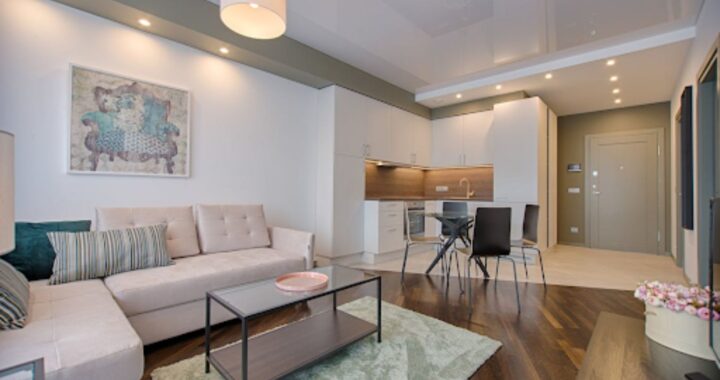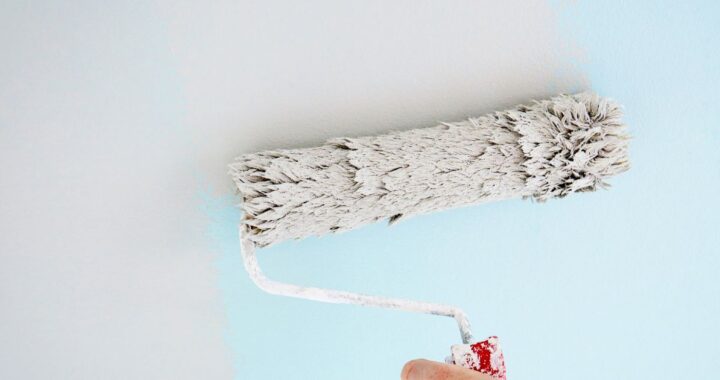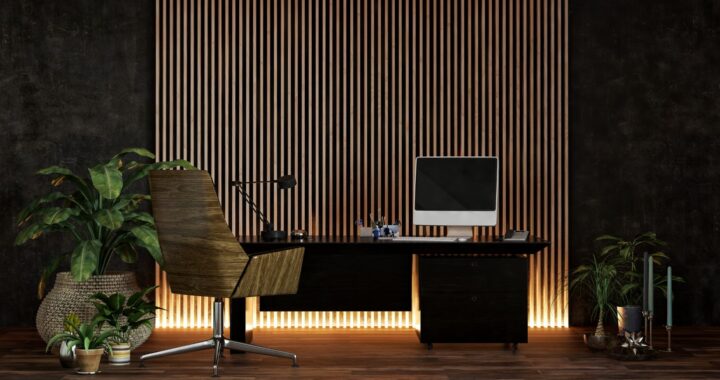Why Wood Veneer Is Ideal for Minimalist Furniture Design

Minimalist design focuses on simplicity, clean lines, and a decluttered aesthetic. One material that aligns perfectly with these principles is wood veneer. Offering versatility, sustainability, and beauty, wood veneer has become a go-to choice for furniture designers who embrace the minimalist style. This article explores why wood veneer is an ideal material for minimalist furniture design and how it can elevate your space while staying true to the core values of minimalism.
The Essence of Minimalist Design
Minimalism is more than just a design trend—it’s a philosophy centered around creating spaces that are functional, uncluttered, and visually calming. This style often emphasizes the use of natural materials, simple forms, and a limited color palette. The goal is to create a sense of order and harmony while allowing the materials and craftsmanship to take center stage.
A wood veneer fits seamlessly into this aesthetic due to its natural beauty and ability to complement simple, streamlined furniture designs. It’s organic patterns and warm tones add a touch of sophistication without overwhelming the space.
Lightweight and Versatile Material
One of the reasons wood veneer is ideal for minimalist furniture is its lightweight nature. Traditional solid wood can be heavy, making furniture difficult to move and impractical for smaller spaces. Wood veneer, on the other hand, offers the aesthetic appeal of wood without the bulk.
This lightweight feature makes veneer an excellent choice for furniture pieces like shelving, tables, and cabinets where minimalistic, functional design is key. It allows for easy transport and installation, making it particularly attractive for people living in urban environments with limited space.
Additionally, wood veneers can be applied to various substrates, providing the look and feel of natural wood while reducing overall material usage. This versatility allows designers to experiment with different styles, shapes, and textures, maintaining the minimalist ethos while offering creative flexibility. For high-quality options, WoodenAve provides a range of wood veneers that cater to different design needs.
Aesthetic Simplicity with Natural Appeal
In minimalist design, every element serves a purpose, and the beauty of the materials used should shine through without unnecessary adornment. Wood veneer allows designers to achieve this balance by providing a sleek, natural finish that doesn’t require additional decorative elements. Its subtle grain patterns and soft color variations add visual interest without distracting from the overall design.

Unlike solid wood, veneer can be crafted from rare or exotic wood species, giving furniture an upscale appearance without the need for large, expensive pieces of timber. This enables minimalist designers to use unique wood textures, such as walnut, oak, or maple, to enhance furniture surfaces while keeping the design simple and refined.
Sustainability: A Core Principle of Minimalism
Sustainability is a key aspect of minimalist design, which values quality over quantity and seeks to minimize waste. Wood veneer is an eco-friendly option for furniture production, as it maximizes the use of natural resources. By using thin slices of wood adhered to a substrate, manufacturers can create multiple veneer sheets from a single log, significantly reducing the need for large quantities of timber.
This approach aligns perfectly with minimalist ideals, emphasizing the importance of resource conservation and mindful consumption. Veneer production also generates less waste compared to solid wood furniture, further reinforcing its environmental benefits.
In addition, many wood veneer manufacturers source their materials from responsibly managed forests, ensuring that the wood used in furniture design is renewable and sustainably harvested. This makes wood veneer an ethical choice for consumers who prioritize sustainability in their interior design decisions.
Durability and Longevity
Minimalist design often revolves around the concept of “buying less, but buying better.” This means that furniture should be not only aesthetically pleasing but also durable enough to stand the test of time. Wood veneer, when applied to a strong substrate like plywood or MDF (medium-density fiberboard), creates a highly durable surface that is resistant to warping, cracking, and shrinking—issues that can affect solid wood furniture over time.
The protective coatings applied to wood veneer also enhance its longevity, making it resistant to moisture, stains, and scratches. This durability ensures that minimalist furniture made from wood veneer will remain functional and visually appealing for years, reinforcing the minimalist principle of investing in long-lasting, high-quality pieces.
Customization and Flexibility in Design
While minimalist furniture design focuses on simplicity, it doesn’t have to be monotonous. Wood veneer offers a wide range of customization options that allow designers to create unique furniture pieces that still adhere to minimalist principles. Veneer can be stained, dyed, or finished in various ways, offering different shades and finishes to suit the desired look.
Whether you prefer a natural wood finish to emphasize grain patterns or a more contemporary look with stained veneers in darker tones, the possibilities are vast. This flexibility allows minimalist designers to experiment with different styles while maintaining a cohesive and balanced aesthetic.
Wood veneer can also be applied to different furniture shapes, from sleek modern lines to more organic forms, without losing the minimalist appeal. Its adaptability makes it an excellent choice for designers looking to create bespoke furniture pieces that cater to specific tastes or spaces.
Affordability Without Sacrificing Quality
Minimalist design often seeks to strike a balance between high-quality materials and cost-effectiveness. Solid wood furniture can be expensive, particularly when using rare or exotic wood species. Wood veneer provides a more affordable alternative that doesn’t sacrifice quality or beauty.
By using wood veneer, designers can create stunning furniture pieces that mimic the appearance of solid wood while keeping costs in check. This makes it possible for minimalist enthusiasts to invest in furniture that is both stylish and budget-friendly, without compromising on the overall design aesthetic.
Low Maintenance for Minimalist Living
Minimalist living is all about reducing unnecessary clutter, and that extends to furniture maintenance. Wood veneer is easy to care for, requiring only basic cleaning to keep it looking its best. Its smooth surface makes it resistant to dust and debris, and a simple wipe with a damp cloth is usually sufficient for regular upkeep.
This low-maintenance quality makes wood veneer furniture ideal for minimalist spaces, where the focus is on functionality and ease of living. By choosing wood veneer, homeowners can enjoy beautiful, high-quality furniture without the need for time-consuming maintenance routines.
Conclusion
Wood veneer is the perfect material for minimalist furniture design, offering a combination of beauty, durability, sustainability, and affordability. Its lightweight and versatile nature make it an excellent choice for creating sleek, functional furniture that complements minimalist interiors. By incorporating wood veneer into your furniture designs, you can achieve a balance of simplicity and sophistication, ensuring that your space remains clutter-free while exuding natural warmth and elegance.


 7 Design Hacks to Create a Seamless Indoor-Outdoor Flow
7 Design Hacks to Create a Seamless Indoor-Outdoor Flow  How Often Should You Repaint Your Walls? A Room-by-Room Guide
How Often Should You Repaint Your Walls? A Room-by-Room Guide  Boost Productivity: The Plants to Elevate Your Home Office Space
Boost Productivity: The Plants to Elevate Your Home Office Space